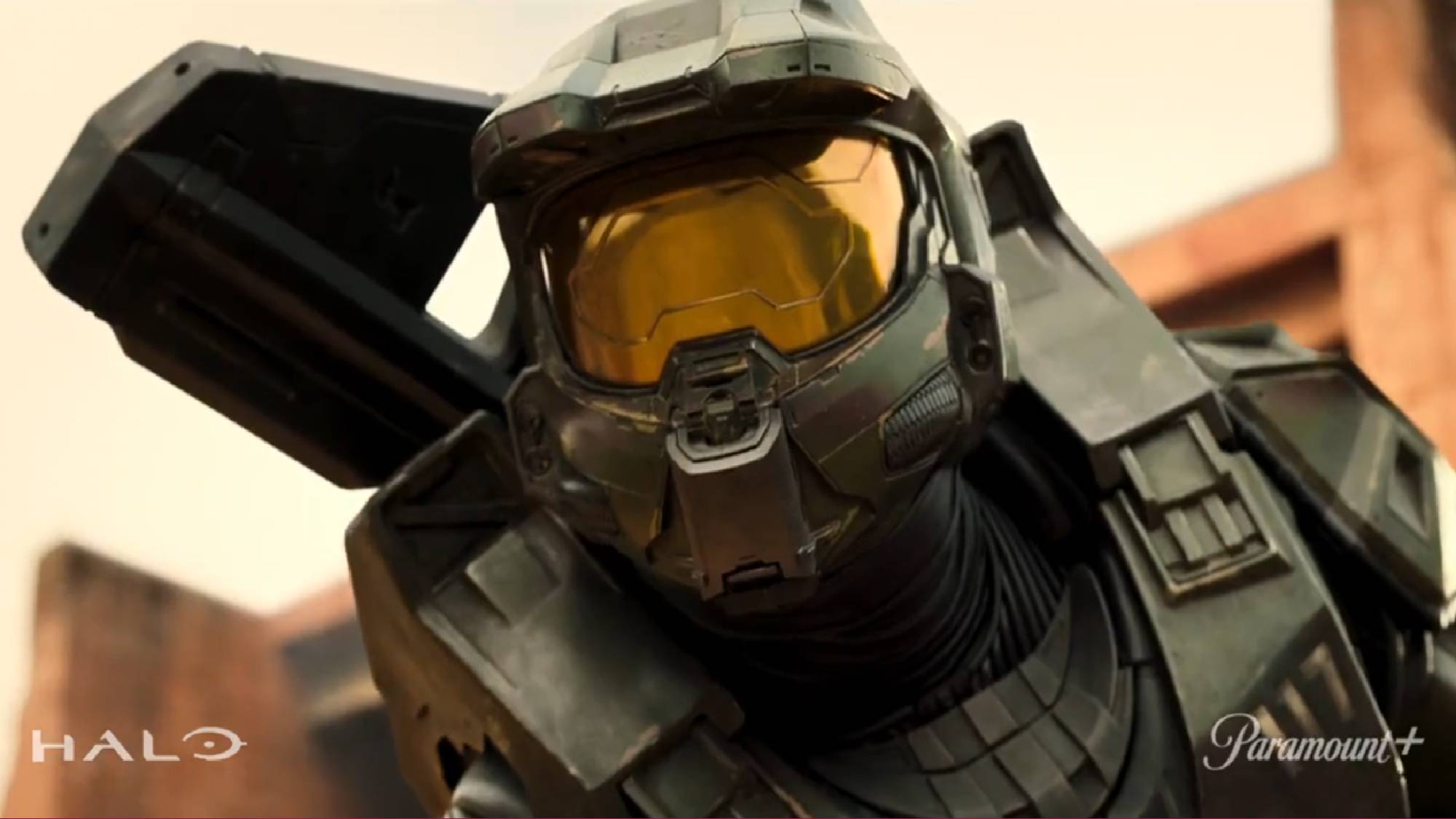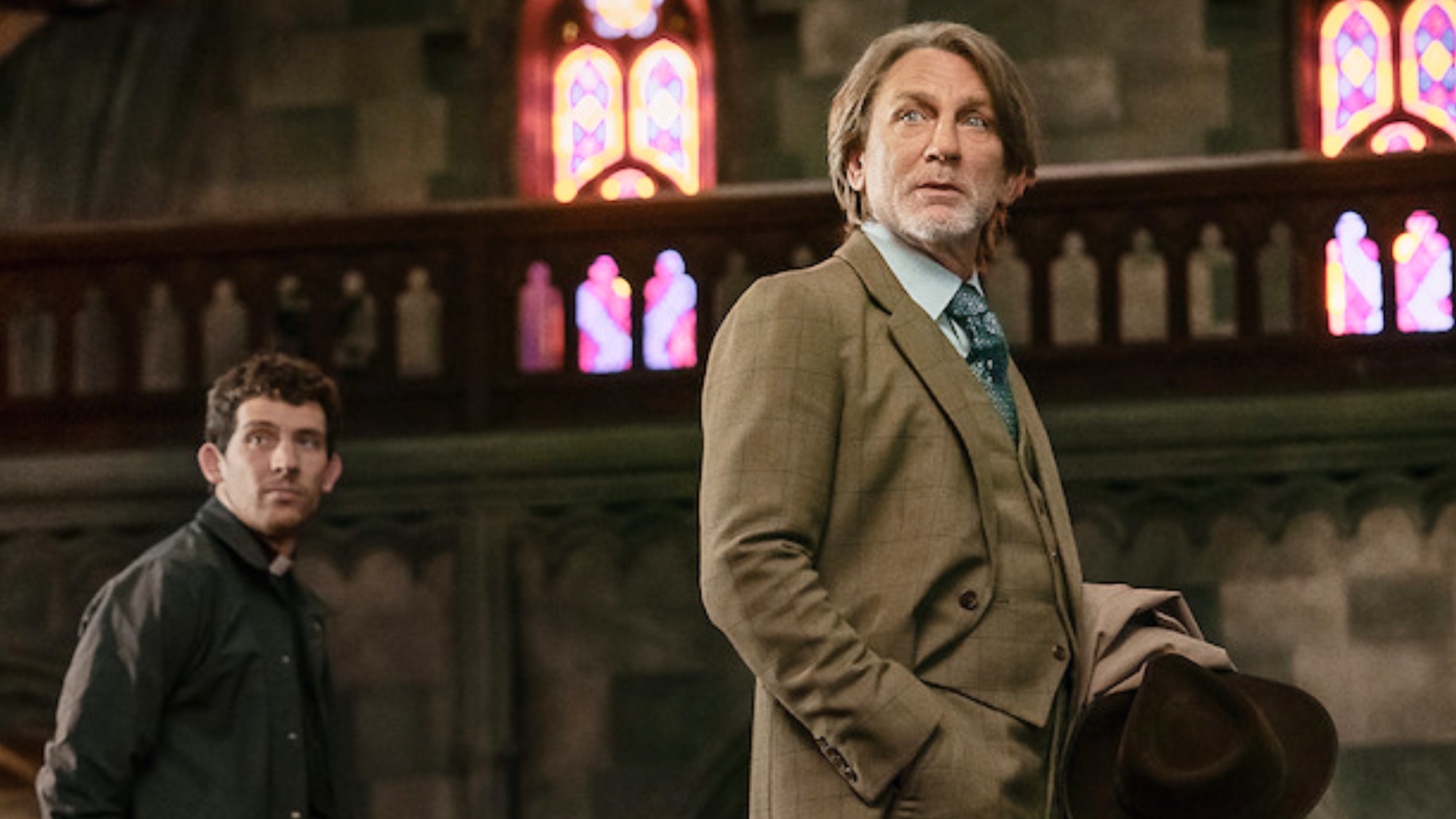Halo TV series is about to make a huge mistake

Update: Oh god it's worse than I thought — and now that fans can watch the Halo TV series — we're seeing that it is already proving divisive. We've got a roundup of fan reactions showing why the Halo TV series is both hated and loved by fans.
The 1995 Judge Dredd movie is infamous for the fact Sylvester Stallone’s titular judge spends the majority of the film helmetless — with his entire face on display. This has long been controversial, because the Judge Dredd comics always made a point of hiding the character's features.
Why share this random piece of trivia? Well, we've just learned that the Halo TV show will do something similar. The upcoming Paramount Plus series just confirmed that not only will Master Chief remove his helmet, his face will be visible when he does.
“I think we set out to tell a character story and a personal story,” said Kiki Wolfkill, head of Transmedia at Halo developer 343 Industries. “And once we really got into what that story was, it became clear that you really needed to see the person in the armor and under the helmet.”
As a long-time Halo fan, this is tantamount to sacrilege.
Fans have lots of opinions about the Halo universe, and disagree with each other on many points, but we can all agree on one thing: Master Chief’s face should always stay hidden.
Seeing the Chief's face is like seeing Dredd's face, or hearing Gordon Freeman's voice. It's one of those things that should not happen.
Get instant access to breaking news, the hottest reviews, great deals and helpful tips.
Always teased, never fully revealed
Halo has teased the Master Chief’s true appearance ever since the very first Halo game. The only time we ever see the Chief remove his helmet in Halo: Combat Evolved is during the final cutscene — though the player’s view is obscured and you don’t get to see what the supersoldier looks like.
Later, thanks to the PC version’s various modding tools, players were able to look past the barrier and see what was going on. Underneath the Chief’s helmet was… another helmet.
Various books have described the Chief’s appearance throughout his life, particularly during childhood. Comic and animated adaptations of the first Halo novel, The Fall of Reach, even show the Chief’s appearance before and after his induction into the Spartan II program. Right up to the point where he receives his first set of Mjolnir armor at the tender age of 14.
Halo 4’s Legendary Ending also teases the Chief’s appearance, with a brief, shadowy glimpse at his eyes at the very end of the game. While still technically a tease, this has always felt like a step in the wrong direction.
The Halo series is set to take this another step further.
Why we never see the Chief’s face
Back when Bungie was developing the very first Halo game, Microsoft had commissioned a tie-in novel to explain the backstory and explore the Master Chief as a character. Because the early games were never particularly good at that, and the Chief was little more than a walking plot device for the player to control.
It turns out this was likely by design.
Bungie eventually opposed the prequel novel The Fall of Reach, attempting to cancel the publishing of the book, in part so that players would be able to see Master Chief as a truly blank slate. Bungie figured that by not having a backstory for the character, and the fact he doesn’t do or say a great deal during the course of the game, meant “gamers can just fit into the avatar”. Not showing the character’s face is just an extension of that.
Of course things have changed over the past two decades, and the Master Chief’s has actual characterization in both the games and beyond. But the no faces rule has (mostly) stuck around, if only because of tradition.
But despite this, Chief’s relative anonymity makes him the everyman. In canon, he may be a gruff middle-aged white guy with brown hair and freckles. But in game, and in the hands of a player, Master Chief is whoever they want to be.
Halo the Series may be separate, but it needs to honor where it came from
The Halo series does not share the same continuity as the rest of the Halo universe, instead existing in something dubbed The Silver Timeline Chronology. This is so the show can stand out on its own, without being shackled by two decades of continuity and canon restrictions.
This is the reasoning behind revealing the face under the Chief’s visor, and it’s a mistake. It may not be the “same” Chief in the games, but there’s little to be gained by revealing the Chief’s adult appearance on screen.
For starters, any Halo fans who watch the show - or even see stills of the fresh-faced Master Chief - will immediately associate that with the games. Hard to imagine the Master Chief as the everyman if all you can envision is Pablo Schreiber’s bald, presumably pale and sun-deprived face.
Plus, the argument that you need to say the face beneath the mask to properly understand his story doesn’t hold much weight. After all, there have been 20 years of Halo games where you never see the protagonist’s face, and that doesn’t stop them from being their own fully-formed character.
And 45 years of Judge Dredd comics never once lost anything of value simply because you never saw the top half of the eponymous anti-hero’s head.
Sure, Halo doesn’t have to stick to the arbitrary unwritten rule that Master Chief remains faceless at all times. But it would have been nice if the show could honor that part of the source material. Because adhering to tradition is the best way to show you understand and care about where this character came from.
Halo season 1 debuts on March 24, 2022 on Paramount Plus.

Tom is the Tom's Guide's UK Phones Editor, tackling the latest smartphone news and vocally expressing his opinions about upcoming features or changes. It's long way from his days as editor of Gizmodo UK, when pretty much everything was on the table. He’s usually found trying to squeeze another giant Lego set onto the shelf, draining very large cups of coffee, or complaining about how terrible his Smart TV is.
